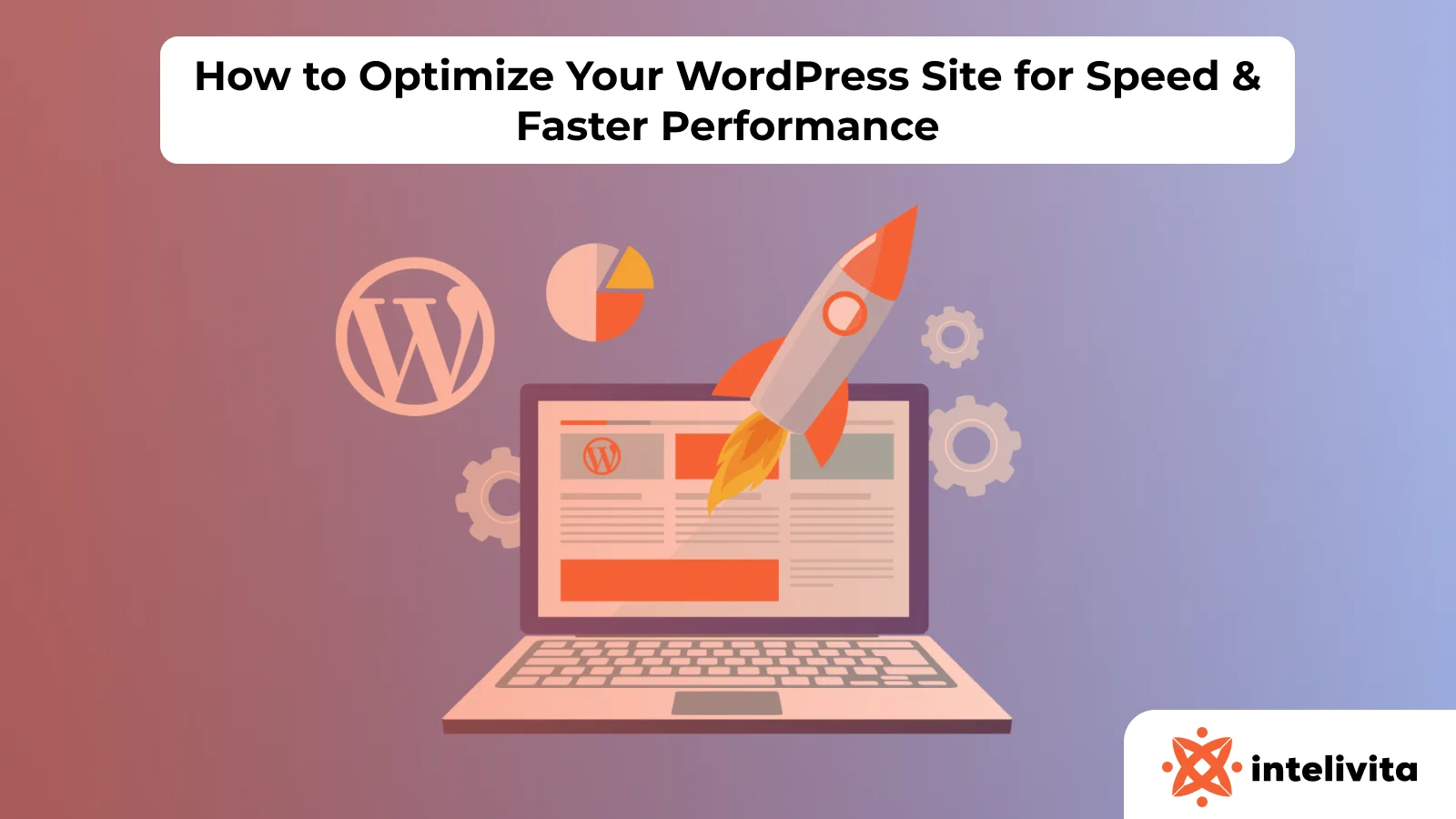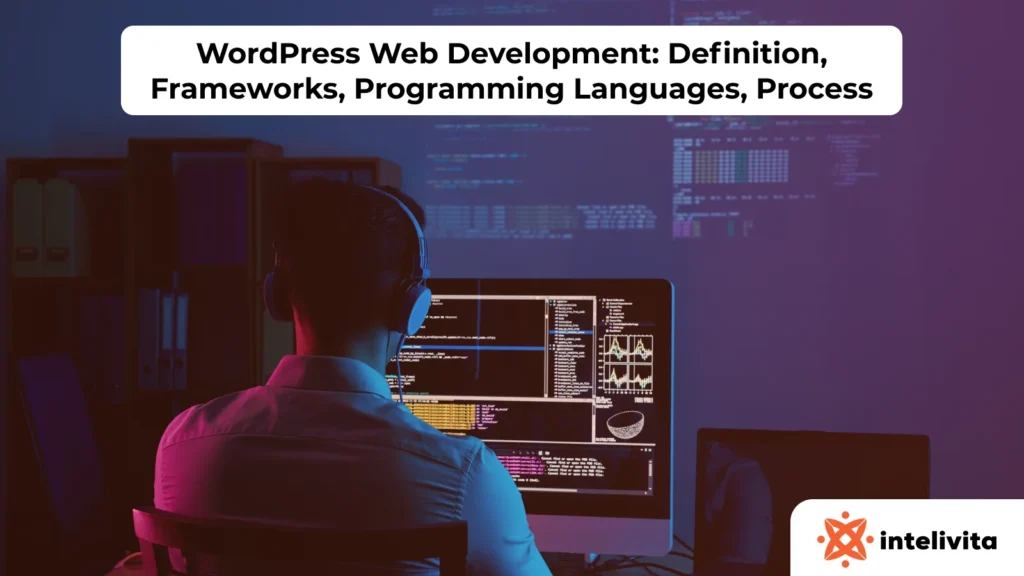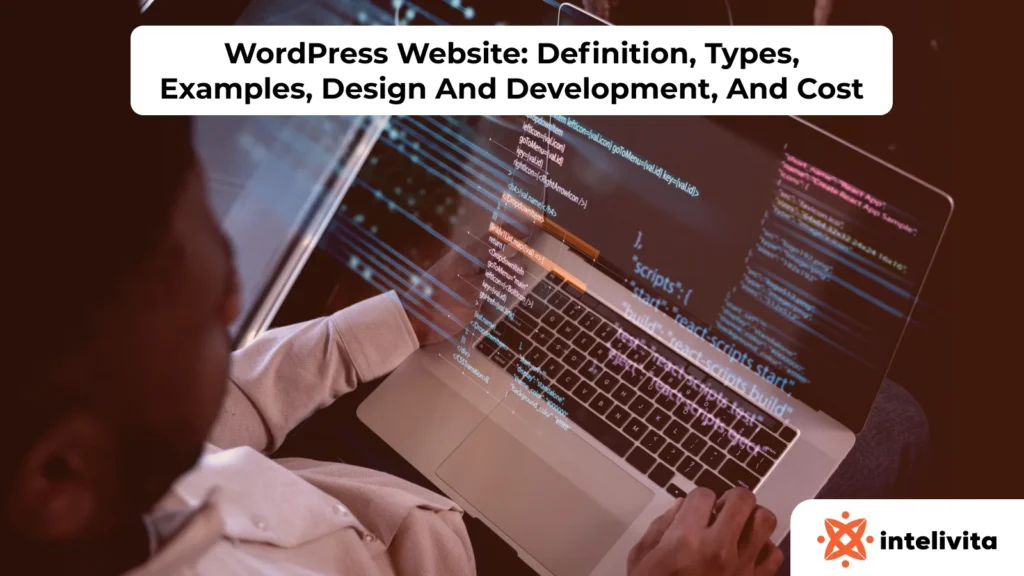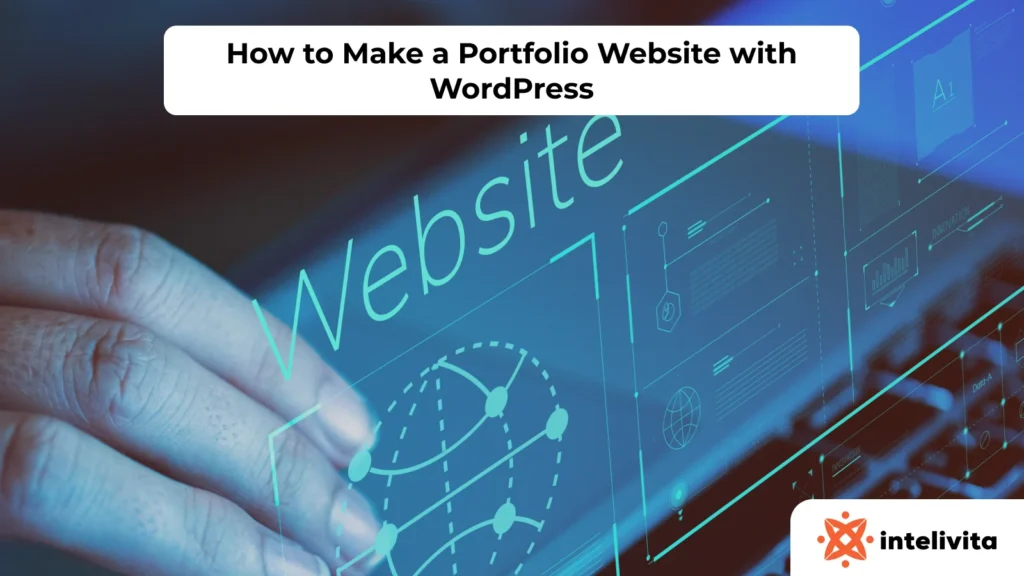Website speed is not just about user experience; it also plays a crucial role in search engine optimization (SEO).
In fact, 53% of visits are abandoned if a mobile site takes longer than 3 seconds to load.
In fact, Google considers page speed as one of the ranking factors for search results.
Therefore, improving the speed of your WordPress website is essential for retaining visitors and improving your search engine rankings.
In this guide, we will explore effective tips to speed up your WordPress website, enhancing both user experience and SEO performance.
9 Easy Tips to Speed Up Your WordPress Site
Choose a Lightweight Theme
Selecting a lightweight theme is crucial for fast loading times and optimal performance for your WordPress website, especially for Wordpress Theme Development.
Look for themes that prioritize simplicity and performance, avoiding excessive features or poorly optimized code.
Check reviews and ratings to ensure the theme is well-optimized for speed.
Choosing a lightweight theme, you can help ensure that your website loads quickly and provides a smooth user experience.
Use a Good Hosting Provider
Using a good hosting provider is critical for ensuring fast website speed and optimal performance.
The hosting provider you choose can significantly impact your website’s speed, uptime, and overall performance.
A reputable hosting provider will have servers that are optimized for speed and reliability, ensuring that your website loads quickly for visitors.
Popular hosting providers known for their speed and reliability include Bluehost, SiteGround, and A2 Hosting.
These providers offer features like SSD storage, CDN integration, and optimized server configurations to ensure fast loading times for your website.
Choosing a reliable hosting provider is essential for ensuring that your WordPress website loads quickly and provides a seamless user experience.
Optimize Images
Optimizing images is crucial for improving website speed without compromising quality.
Use the correct file format (JPEG for photographs, PNG for graphics), resize images to the correct dimensions, and compress them using tools or plugins.
Lazy loading images can also help by loading images only when they are visible.
Enable Caching
Caching can greatly improve website speed by storing static versions of your website’s pages and serving them to users, reducing the need to generate content dynamically for each visitor.
This can significantly reduce load times and improve overall website performance.
To enable caching, you can use caching plugins such as WP Super Cache, W3 Total Cache, or WP Rocket.
These plugins can help you configure caching settings to suit your website’s needs, such as setting expiration times for cached content and excluding certain pages or files from caching.
Configuring caching plugins properly can help you achieve the best results in terms of website speed and performance.
Minify CSS and JavaScript
Minifying CSS and JavaScript files involves removing unnecessary characters and whitespace from the code, reducing file sizes, and improving website speed.
Benefits include faster loading times and improved performance, especially on slower connections.
Tools and plugins for minification include Autoptimize, WP Rocket, and W3 Total Cache. To implement, simply install and activate the plugin, then configure the minification settings according to your needs.
Utilize a Content Delivery Network (CDN)
CDNs can significantly improve website speed by serving content from servers closer to the user, reducing latency and improving loading times.
They can also help distribute traffic across multiple servers, reducing the load on your main server.
Popular CDN services include Cloudflare, Amazon CloudFront, and Akamai. To set up a CDN with WordPress, sign up for a CDN service, obtain the CDN URL, and configure your WordPress site to use the CDN. This typically involves installing a plugin or editing your site’s settings to point to the CDN URL for static assets.
Reduce HTTP Requests
Excessive HTTP requests can slow down your website, as each request adds to the loading time.
To reduce the number of requests, consider combining files such as CSS and JavaScript into fewer files. This reduces the number of requests needed to load your website.
Another tip is to use asynchronous loading for non-essential files.
This allows these files to load in the background while the rest of the page loads, improving overall website speed.
Implementing these tips can help reduce the number of HTTP requests and improve your website’s loading times.
Limit the Use of Plugins
Plugins can have a significant impact on website speed, as each plugin adds additional code and functionality to your site.
This can increase the load time of your pages, especially if you have many plugins installed.
To minimize the impact of plugins on speed, follow these guidelines:
- Only use plugins that are essential to your website’s functionality.
- Regularly review your installed plugins and deactivate or delete any that are no longer needed.
- Choose plugins that are well-coded and optimized for performance.
Regularly Update WordPress and Plugins
Keeping WordPress core, themes, and plugins updated is crucial for both speed and security.
Updates often include performance improvements and bug fixes that can help improve your website’s speed.
Additionally, updating your plugins and themes ensures that you have the latest security patches, reducing the risk of your site being compromised.
To safely update WordPress and plugins, follow these tips:
- Backup your website before performing any updates.
- Update WordPress core, themes, and plugins one at a time to identify any compatibility issues.
- Test your website thoroughly after updating to ensure everything is functioning correctly.
Conclusion
Emphasizing the importance of ongoing maintenance and optimization for optimal website performance is crucial.
Implementing the tips discussed, such as limiting the use of plugins, optimizing images, and utilizing a content delivery network, you can enhance your website’s speed and provide a better user experience.
Regularly updating WordPress core, themes, and plugins is also essential for maintaining speed and security.
Prioritizing maintenance and optimization will help ensure that your website runs smoothly and efficiently, meeting the needs of your visitors.












